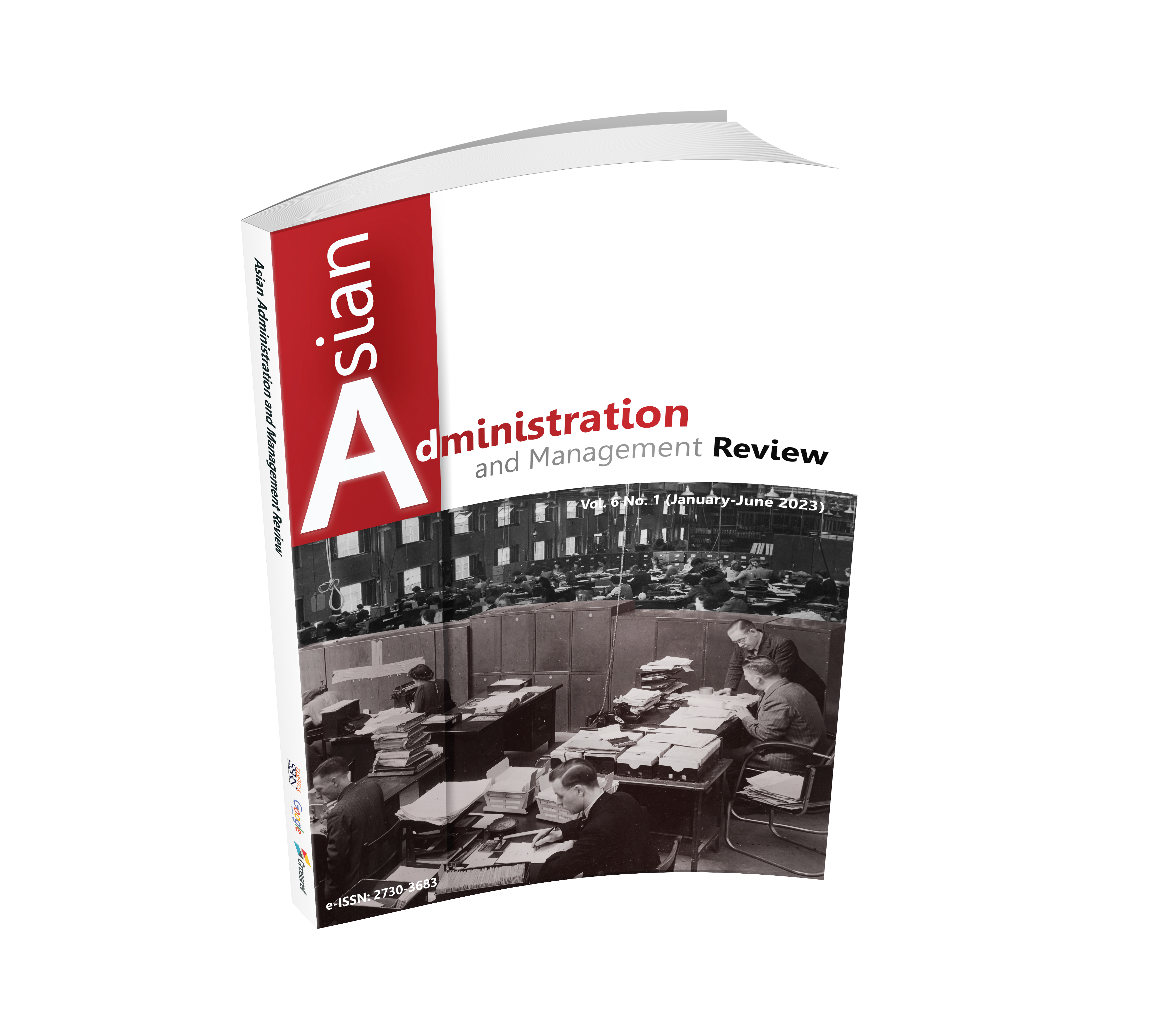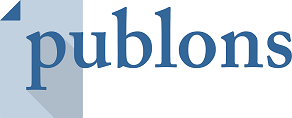CAUSAL FACTOR AND OUTCOMES OF CREATING COMPETITIVE ADVANTAGES IN THE DIGITAL AGE OF LMG INSURANCE CO., LTD.
DOI:
https://doi.org/10.14456/aamr.2023.11Keywords:
Organization Management, Competitive Advantages in the Digital, PerformanceAbstract
The study aims to investigate the relationship of causal factors and outcomes of competitive advantages in the digital age of an insurance company. Multiple regression analysis results of organization management towards organizational competitive advantages in the digital age were used, found that organization management, strategies, system, management style and value had positive effects on organizational competitive advantages in the digital age with the statistical significance level of 0.05. But organizational structure, staff, and skills did not affect organizational competitive advantages in the digital age. Thus, hypothesis 1d was rejected. All 7 elements of organization management independent variables were efficient to mutually predict and describe organizational competitive advantage dependent variable by 52.2%. Multiple regression analysis results of competitive advantages in the digital age consisting of data-driven strategy, quick response, differentiation, and focus point towards organizational performance were used, found competitive advantages in the digital with regard to data-driven strategy, quick response, and focus point had positive effects on organizational performance with the statistical significance level of 0.05. While differentiation did not affect organizational performance. All 4 elements of competitive advantages in the digital age were efficient to mutually predict and describe organizational performance dependent variable by 51.1%.
Downloads
References
Chandler, A. (1962). Strategy and Structure: Chapters in the History of American Enterprise. Massachusetts: The MIT Press.
Cooper, D., & Schindler, P. (2003). Business Research Methods. 8th ed. Massachusetts: McGraw-Hill Irwin.
Danthamrongkul, W. (2018). Business: creating value for success and sustainability. Pathum Thani: Thammasat University Printing Press.
Griffith, R., Huergo, E., Mairesse, J., & Peters, B. (2006). Innovation and Productivity Across Four European Countries. Oxford Review of Economic Policy, 22(4), 483-498.
Hair, J., Black, W., Babin, B., & Anderson, R. (2010). Multivariate Data Analysis. 7th ed. New Jersey: Pearson Education.
Kaplan, R., & Norton, D. (1996). The Balanced Scorecard: Translating Strategy to Action. Massachusetts: Harvard Business School Press.
Khunchuen, U. (2016). The Relations of the McKinsey’s 7s Management to the Performance of Drinking Water Business in Maha Sarakham. Siam Academic Review, 17(1), 39-50.
Laohasiri, S. (2016). Plan to Beat Your Competitors with 5 Must-Have Competitive Advantage Strategies in Digital Marketing. Retrieved from www.positioningmag.com/1102353.
Peters, T., & Waterman, R. (1982). In Search of Excellence: Lessons from America’s Best-Run Companies. New York: Harper & Row.
Pongwiritthon, R., & Utama-ang, S. (2011). The management of small and medium enterprises to achieve competitive advantages northern of Thailand. Journal of Management Sciences, 28(1), 49-63.
Porter, M. (1998). Competitive Advantage: Creating and Sustaining Superior Performance. New York: Free Press.
Punyaruang, K., & Pooripakdee, S. (2016). Strategies Competitive Advantage that Affect the Success of the Operation Base on the Balance Scorecard Concept in Small and Medium Enterprises Food Processing in Supanburi Province. A paper presented at the 1st Rajabhat Nakhon Sawan Research Conference, Nakhon Sawan Rajabhat University, Thailand.
Roberts, N., & Grover, V. (2012). Investigating firm's customer agility and firm performance: The importance of aligning sense and respond capabilities. Journal of Business Research, 65(5), 579-585.
Rovinelli, R., & Hambleton, R. (1977). On the Use of Content Specialists in the Assessment of Criterion-Referenced Test Item Validity. Tijdschrift Voor Onderwijs Research, 2, 49-60.
Sittichai, K., & Pooripakdee, S. (2018). Organization Management according to McKinsey’s 7s Framework that Contributes to Innovation Organization Case Study: Organization Awarded an Excellent Innovation Organization. Veridian E-Journal, Silpakorn University, 11(3), 1419-1435.

Downloads
Published
How to Cite
Issue
Section
License
Copyright (c) 2023 Authors

This work is licensed under a Creative Commons Attribution-NonCommercial-NoDerivatives 4.0 International License.











.png)


